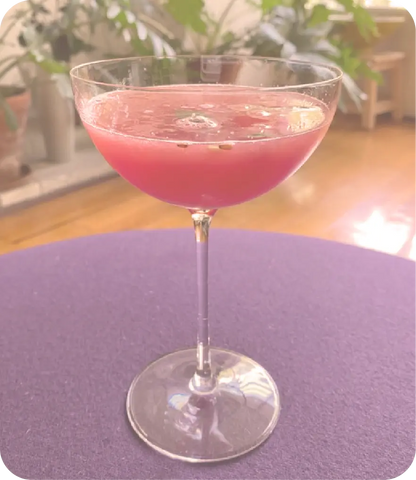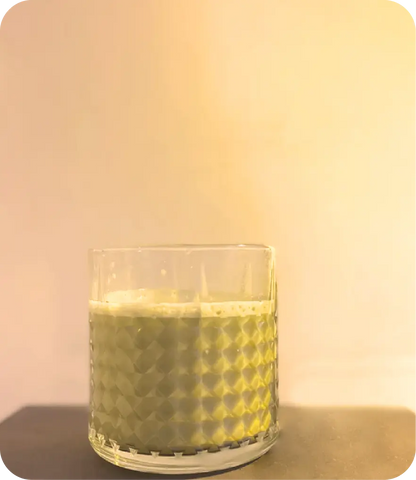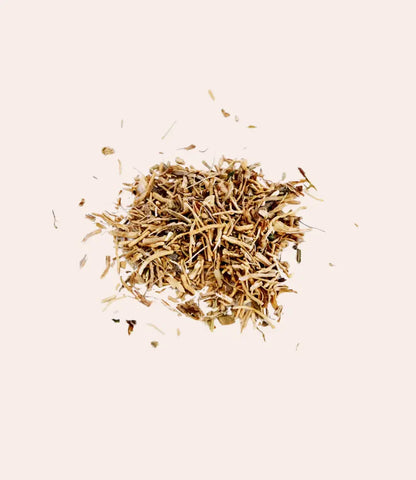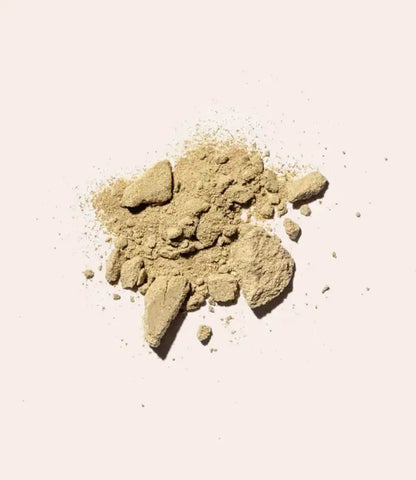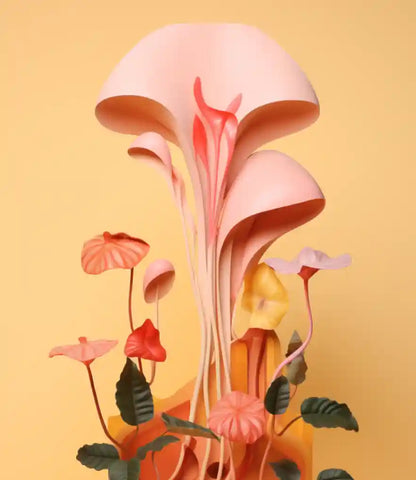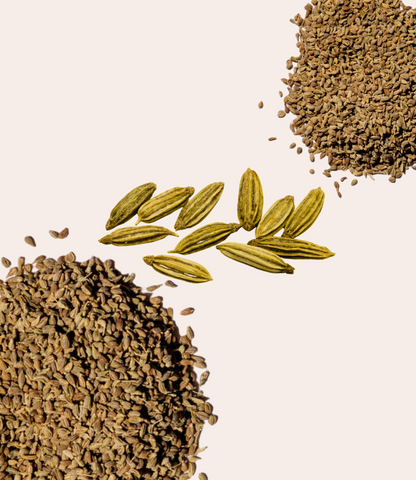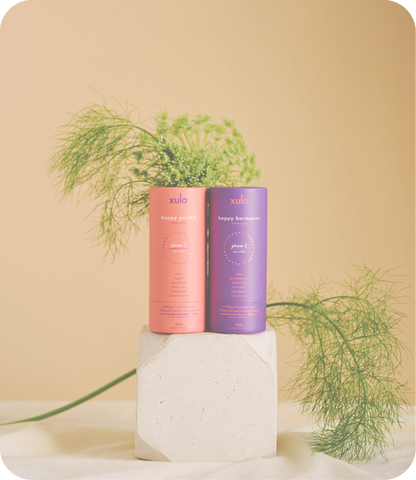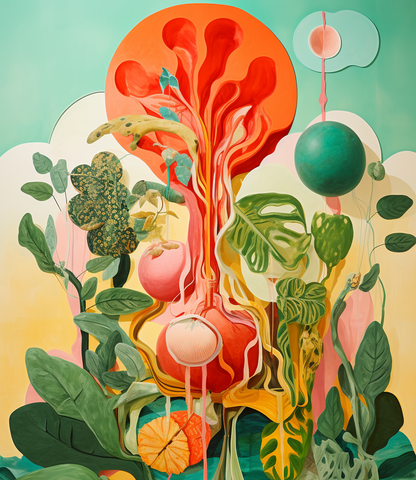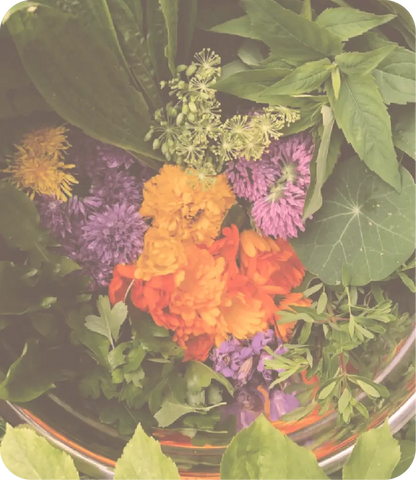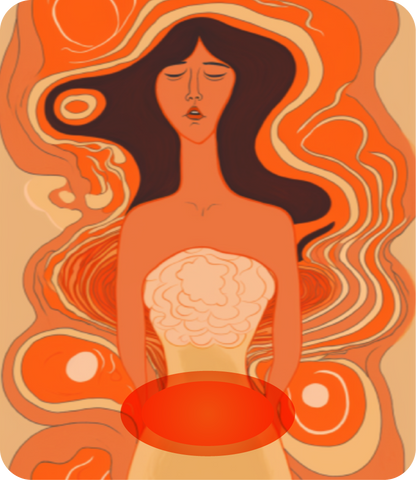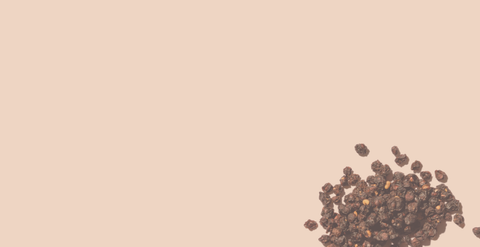
The Surprising Benefits of Schisandra Berries
Schisandra berries are the rubies of wild flora.
To the untrained eye, these plump, red berries bear some visual resemblance to the ripe coffee fruit or a bunch of cranberries. However, they truly are a gem of a superfood, known widely for their adaptogenic properties.
Some contemporary uses of this berry include incorporating it into tonics to reduce fatigue and boost energy. This woody vine is native to Northern China, Russia, and parts of Korea and these berries are frequently hand-harvested and wild-foraged from these regions. They are frequently incorporated into food and drink, but they have a history of use in medicine throughout East Asia and part of Russia that spans hundreds of years and continues to this day. Learn more about these little red fruits that are notable for their complex flavor and extensive health benefits.
Related to: 7 Adaptogenic Herbs for Stress and AnxietySchisandra Berries in Traditional Medicine
Schisandra berries (Latin name Schisandra chinesis) are widely used in several systems of traditional herbal medicine.
Traditional Chinese Medicine
The name for the fruit of the Schisandra chinesis in Traditional Chinese Medicine (TCM) is wu wei zi, meaning “the fruit of five tastes.” This name points to the berry’s complex flavor, as it is considered to contain the five basic flavors in the tradition: salty, sweet, sour, pungent, and bitter. It is one of the fundamental herbs in TCM, highlighting its essential place in the herbal medical canon.The consumption of wu wei zi is meant to support the five zang organs: the liver, kidneys, heart, lungs, and spleen.
These are also known as yin organs and are responsible for the production and storage of qi (energy). In this way, schisandra berries are known as vital qi-boosters, and are prescribed for a wide variety of ailments linked to diminished or depleted qi. In addition, wu wei zi is considered an astringent herb and used to inhibit sweating; this is particularly useful for those that are going through menopause.
Korean Tea Culture
Schisandra berries aren’t just appreciated for their medicinal properties–they are also prized for their flavor and color. Koreans know these berries as omija, which like wu wei zi, also means five flavors. Omija-cha is a popular and even trendy tea, brewed hot or cold, and known as a healthy but nonetheless tasty substitute for fruit punch. Its bright, unique flavor profile and eye-catching red color are hard to miss. However, even though the primary reason people consume omija-cha might not be for its medicinal properties, it's still well-known in this region for its detoxifying effects, particularly when it comes to helping to lower blood pressure and strengthen the kidneys.
Japanese Kampo Medicine and Indigenous Remedies
In Japan, these vivid berries are known as gomishi and is used in Kampo medicine. Kampo medicine is a traditional Japanese medicine that has a history spanning over 1500 years, but still maintains close ties with TCM, where much of this medicinal tradition can trace its roots. It is primarily used in Kampo to treat inflammatory and liver diseases.
Repnihat, the Ainu term for the schisandra berry, was traditionally used to treat colds and seasickness. The Ainu are indigenous to Northern Japan and the Easternmost regions of Russia, having thrived there before colonization and the establishment of these two present-day nations.
Russian Medicine
In the 1950s, Soviet Union scientists began to turn to herbal medicine in an attempt to find and isolate new life-saving and performance-enhancing compounds. Being native to the region, schisandra berries were already being used in various foods and drinks as well as in folk medicine and were subsequently explored in a scientific setting. These scientists found that consumption of these berries helps fight adrenal fatigue, heart problems and the negative effects of stress and included it as an important medicine in a state-sponsored booklet.
Related to: The Many Roles of a Master HerbalistThe Benefits of Schisandra Berries
We’ve reviewed the extensive use of this medicine across thousands of years and multiple cultures, pointing out the benefits said to be experienced within these traditions. What does contemporary research say about the benefits of this fruit? Here are a few days modern science confirms the uses of traditional medicine:
- Helps reduce stress: Daily administration of schisandra extract to animals in one study showed reduced presence of cortisol and other stress- and depression-related hormones and proteins. By regulating cortisol levels, schisandra berries can boost mood and help you feel less stressed out.
- Liver support: Schisandra chinesis has been shown to significantly support liver function and protect the liver from disease. This could be the mechanism by which it is widely known for its detoxifying properties.
- Healthy heart: Administration of Schisandra chinesis is associated with reduced cardiotoxicity–a healthier, better-functioning and longer-lasting heart. This might have correlations with the idea that these berries boost qi since they are supporting the central organ responsible for circulating blood, oxygen, and nutrients.
- Cognitive enhancement: Extract from Schisandra chinesis is associated with protection against cognitive decline and general enhancement. This superfruit can cut through that foggy brain feeling!
- Helps reduce sweating: Just as TCM categorizes wu wei zi as an astringent medicine that helps reduce excessive heat and sweating, a 2016 double-blind study on menopausal women found that consumption of Schisandra chinesis extract was significantly associated with a reduction in menopausal symptoms, above all, hot flashes, heart palpitations, and sweating.
Schisandra berries have a long storied history in traditional medicine across regions and cultures, but their benefits have also begun to be proven by modern science as well. Try this super fruit today in a tea, tincture, supplement, jam, or fruit wine!
Related to: Xula Pepino y Menta Agua FrescaSources
Romm, A. (2016). Botanical Medicine for Women’s Health. Churchill Livingstone.
(2016, April 22). Healthful Korean tea to fit every need - The Korea Herald. The Korea Herald. http://www.koreaherald.com/view.php?ud=20160422000853
Chen, J. K., Chen, T. T., & Crampton, L. (2004). Chinese medical herbology and pharmacology (Vol. 1267). City of Industry, CA: Art of Medicine Press.
Watanabe, K., Matsuura, K., Gao, P., Hottenbacher, L., Tokunaga, H., Nishimura, K., Imazu, Y., Reissenweber, H., & Witt, C. M. (2011). Traditional Japanese Kampo Medicine: Clinical Research between Modernity and Traditional Medicine—The State of Research and Methodological Suggestions for the Future. Evidence-Based Complementary and Alternative Medicine, 2011, 1–19. https://doi.org/10.1093/ecam/neq067
Takimoto, Y., Qian, H., Yoshigai, E., Okumura, T., Ikeya, Y., & Nishizawa, M. (2013). Gomisin N in the herbal drug gomishi (Schisandra chinensis) suppresses inducible nitric oxide synthase gene via C/EBPβ and NF-κB in rat hepatocytes. Nitric Oxide, 28, 47–56. https://doi.org/10.1016/j.niox.2012.10.003
Panossian, A., & Wikman, G. (2008). Pharmacology of Schisandra chinensis Bail.: An overview of Russian research and uses in medicine. Journal of Ethnopharmacology, 118(2), 183–212. https://doi.org/10.1016/j.jep.2008.04.020
Panossian, A., Hambardzumyan, M., Hovhanissyan, A., & Wikman, G. (2007). The Adaptogens Rhodiola and Schizandra Modify the Response to Immobilization Stress in Rabbits by Suppressing the Increase of Phosphorylated Stress-activated Protein Kinase, Nitric Oxide and Cortisol. Drug Target Insights, 2, 117739280700200. https://doi.org/10.1177/117739280700200011
Park, H. J., Lee, S., Song, Y., Jang, S. Y., Ko, Y. G., Kang, S., Chung, B. H., Kim, H., Kim, G. S., & Cho, J. Y. (2014). Schisandra chinensisPrevents Alcohol-Induced Fatty Liver Disease in Rats. Journal of Medicinal Food, 17(1), 103–110. https://doi.org/10.1089/jmf.2013.2849
You, J., Pan, T., & Hou, Y. (2006). Schisandra chinensis protects against adriamycin-induced cardiotoxicity in rats. Chang Gung Medical Journal, 29(1), 63–70.
Hu, D., Cao, Y., He, R., Han, N., Liu, Z., Miao, L., & Yin, J. (2012). Schizandrin, an Antioxidant Lignan fromSchisandra chinensis,Ameliorates Aβ1–42-Induced Memory Impairment in Mice. Oxidative Medicine and Cellular Longevity, 2012, 1–7. https://doi.org/10.1155/2012/721721
Park, J., & Kim, K. W. (2016). A randomized, double-blind, placebo-controlled trial of Schisandra chinensis for menopausal symptoms. Climacteric, 19(6), 574–580. https://doi.org/10.1080/13697137.2016.1238453











